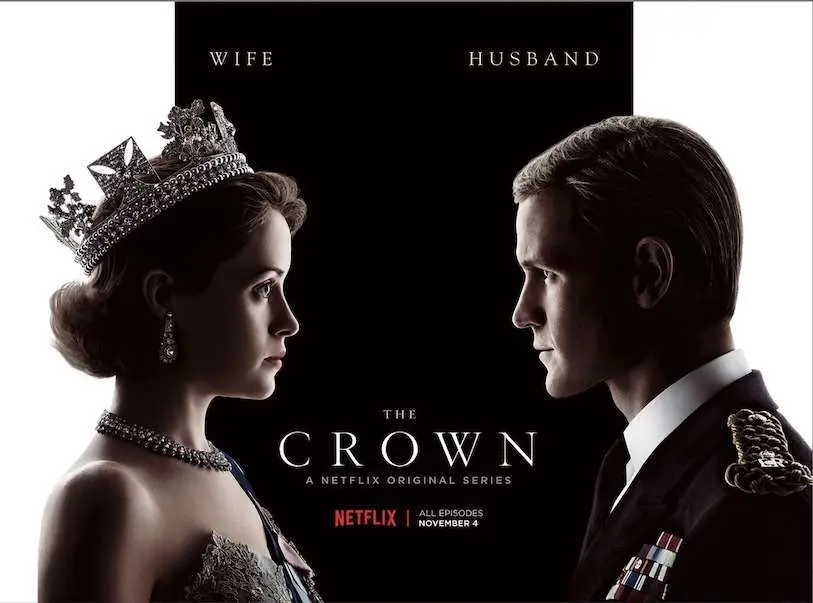The Queen, the Premier and the Princess: three women in history

Autumn brought one of the most eagerly awaited premieres of the audiovisual season, the fourth season of The Crown series on the Netflix platform, and the expectation as usual with this franchise is more than compensated for. Following the pattern of the three previous seasons, it follows chronologically the real events in which the country was involved by means of a more or less real or realistic account of the events surrounding the British Crown, its main protagonists and its courtiers, and also pays detailed attention to the vicissitudes of the neighbouring political power. Queen Elizabeth II, Prime Minister Margaret Thatcher and the Princess of Wales, Lady Diana Spencer, are the main characters in a period of the series in which we will see the arrival of the liberal leader and the arrival of the young and inexperienced aristocrat to the Windsor family, conflicts will arise such as the Falklands War, the invasion of Buckingham by the night intruder, or the tour of the princes around Australia and New Zealand in which Diana cemented with her charisma the adored figure that later became for the British.
The analysis of the tenant of 10 Downing Street is made by Peter Morgan and Stephen Daldry, authors of the show, as was usual with the previous prime ministers in the series: in a critical way with the figure of the head of government, although this time with a certain fierceness with respect to Margaret Thatcher following the norm of the cultural industries that have glossed over her figure in recent decades. This time the monster is in a better position than ever before, and the authors of The Crown take advantage of the occasion to draw an Iron Lady who only needs to levitate with military glories and who seems to enjoy talking about the disaster of unemployment and the chasm of inequalities that the islands suffered in the first part of their mandates. When she came to power in 1979 after defeating James Callaghan, the United Kingdom was in the throes of a championship economic and social crisis and had just asked for an IMF bailout, the result of the Keynesian consensus exercised over the previous decades by successive governments including those of Churchill. When he left in November 1990 (now 30 years ago), unemployment in the islands had fallen to six percent and half a million new businesses had been born in the UK. But Morgan and Daldry do not like the quintessential Thatcherite phrase: "Oh, I have a problem, the state must solve it for me". They portray her as a misogynist, ardent militarist, unsympathetic and envious woman, with a tendency to overreact to the actress Gillian Anderson and especially to the dubbing actress in Spain. Although that was probably what it was all about. His relations with the Queen are always tense; he even sobs in the royal chambers when referring to the disappearance of his son, a pilot in the Paris-Dakar rally, and his pulse does not tremble when he sends 30,000 soldiers to the South Atlantic at the height of the recession: "We would not survive if we did not go to war". The scalpel with which this relationship between two great figures in history is dissected delves especially into the weaker profile of the woman of iron.
Lady Di is a rare artifact in the British royal family. Its anorexic tendency forces producers to warn at the beginning of several chapters that some character's eating disorders will be shown on screen, a curious paternal way of taking care of the spectator so that he does not run to put his fingers down his throat after seeing how the main character Emma Corrin pretends to do it as Diana supposedly did. You will end up with signs recommending that you do not kill anyone in a murder film. But the real contribution of this season of The Crown is in the way it draws in images and dialogues the impossible relationship of the young princess with Prince Charles, who never loved her as much as he loved Camilla, as the script itself clearly shows. The declaration and request for marriage is sublimely superimposed with telephone conversations of the royal family in a multiple montage that makes it a sequence worth six or eight seasons of a project like this.
"Even our farts are of national importance," says Prince Andrew when his mother Queen Elizabeth calls her children separately to shore up the family relationship. But despite this, the exquisite distance and balance with which all the characters are dissected, the palatial atmospheres and the royal plots that make up The Crown make it the great series of the moment and in many years. This bias is especially evident in the chapter that tells the story of the unemployed Michael Fagan's entry into the palace on two consecutive nights, when he sat at the foot of the Queen's bed and had a conversation with her about how, according to the writers, Thatcher was destroying the country's economy. This is the chapter that could have been signed by Ken Loach, because before staging the palatial incident three months ago, he reviewed Fagan's horrible life without a job, abandoned by his wife and unable to stop his alcoholism and his love of drugs. Loach would have done the same with the parallel montage of the dole queue to which Fagan goes and the court kissing of the hand with all its pompous characters, the ladies with their pamelas, waiting to greet Isabel II in the perfectly manicured gardens of the palace. The sovereign was so impressed by the conversation with the intruder that at her first audience with the premier she even asked: "Where is the morality in our economy? The question is whether it actually happened or whether it is just the fiction that adorns the piece of history that The Crown is concerned with.

